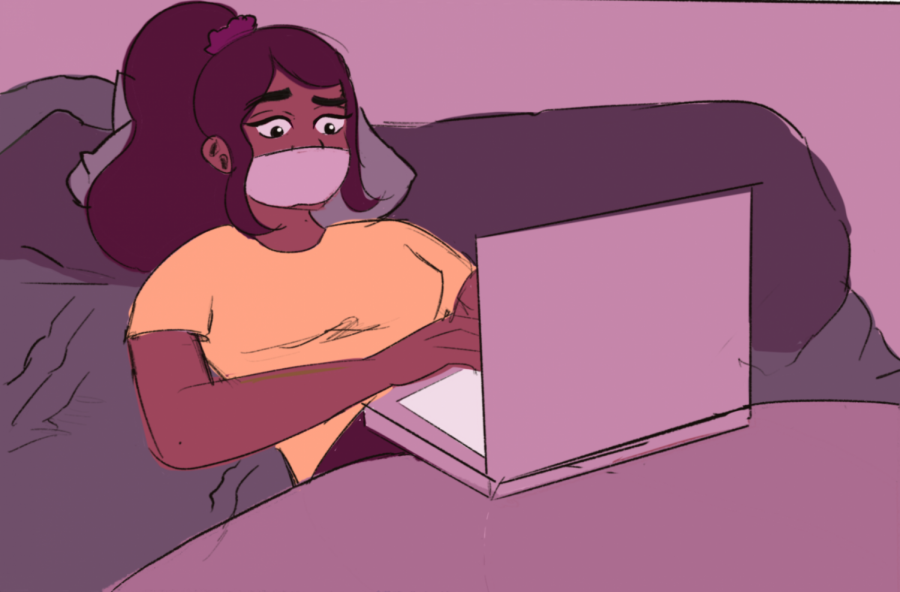Make the first few weeks of class virtual
September 1, 2021
Editor’s Note: This article first appeared as part of the August 25 flipbook.
On Aug. 20, the Austin area set a new record for COVID-19 hospitalization rates. Hospitals had the highest number of COVID-19 patients admitted since the pandemic began with 620 patients total.
In-person classes start on Wednesday, Aug. 25. Over 50,000 students and 20,000 staff members are set to return to campus in some capacity. Neither masks nor vaccination are required.
Returning to in-person classes with no mask or vaccine mandate while Austin hospitals are setting new COVID-19 patient records is extremely irresponsible and incredibly dangerous. UT must switch to completely virtual classes for at least the first few weeks of the semester to ensure the safety of the Austin community.
UT is offering professors the option to temporarily reduce classroom density until Sept. 17. However, even with lower classroom density, if masks are not worn, COVID-19 can still be easily spread.
“It’s so scary to think about 50,000 people coming to this very densely populated area with really no precautions and no plan,” said Apoorva Chintala,management information systems and economics senior. “Every single piece of evidence –– whether that be data from Travis County, data from the public health department, plus professors and students complaining –– is pointing to things going wrong and not being OK.”
At the University of Texas at San Antonio, most classes will be virtual for the first three weeks. university president Taylor Eighmy said that the university is following the advice of public health advisors and decided to move most classes online to best protect “the health and safety of (their) entire campus community.”
“I’m kind of glad that they’re doing classes online for the first three weeks,” UTSA biology freshman Mallary Simmons said. “I think it’ll be a great transition and give the delta variant (cases) some time to go down a little bit.”
While most students aren’t eager to continue online classes, making the first few weeks of classes virtual would allow UT to continue to monitor the delta variant and prevent further COVID-19 cases while Austin hospitalization is at an all-time high.
“I was really looking forward to starting things and maybe having some in-person classes, so I’m a little disappointed about that, but I do think they are doing the right thing,” UTSA kinesiology sophomore Dalton Cutcher said.
Joey Williams, director of communications for the Office of the Executive Vice President & Provost, said UT is currently monitoring COVID-19 cases in Austin and the greater state.
“I think that the University is concerned about where the COVID-19 numbers are right now across the board,” Williams said. “They’re working really hard to follow the science and make sure there is sufficient health and safety guidance in place.”
If current numbers and health guidelines suggest anything, it’s that 50,000 students should not return to campus.
UT must push in-person instruction online for at least the first few weeks of the semester if they want to avoid increasing the spread of COVID-19 and taxing the already overburdened Austin hospital system.
Zaksek is a women and gender studies and Plan II senior from Allen, TX.



